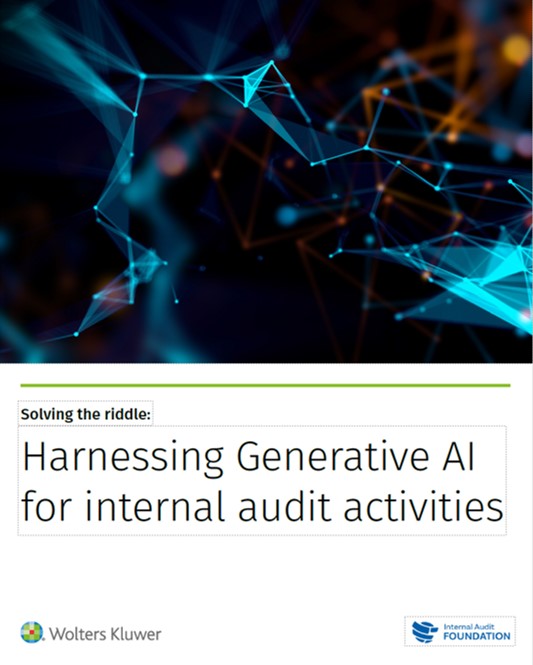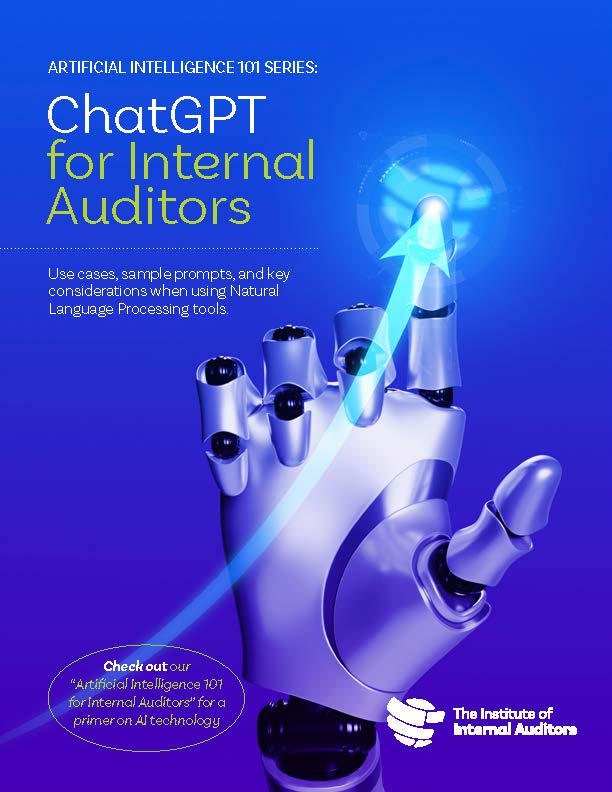The Internal Audit Foundation and Wolters Kluwer TeamMate conducted a study to examine the use of generative AI within organizations and internal audit functions. The survey’s findings provide valuable insights into who is using this groundbreaking technology, how it is being used, and if it is governed. While the ultimate solution to the AI riddle remains somewhat clouded, clues are emerging as to how it can be applied to improve internal audit efficiency, productivity, and quality.
Key takeaways include:
- Generative AI proves beneficial throughout all four phases of an audit engagement—planning, fieldwork, reporting, and follow-up—and can assist internal auditors with learning, brainstorming, creating, writing, and performing.
- Human involvement is crucial. Internal audit teams should critically evaluate GenAI capabilities and limitations to understand where it can be effectively applied and where it may fall short.
- Seventy-six percent of respondents classified themselves as a “Novice” or “Beginner” in generative AI, indicating that a substantial number of internal auditors perceive their familiarity and skill with GenAI as relatively low.
- Most respondents report using GenAI “Extensively” or “Often” for the planning or reporting phases of an audit.




